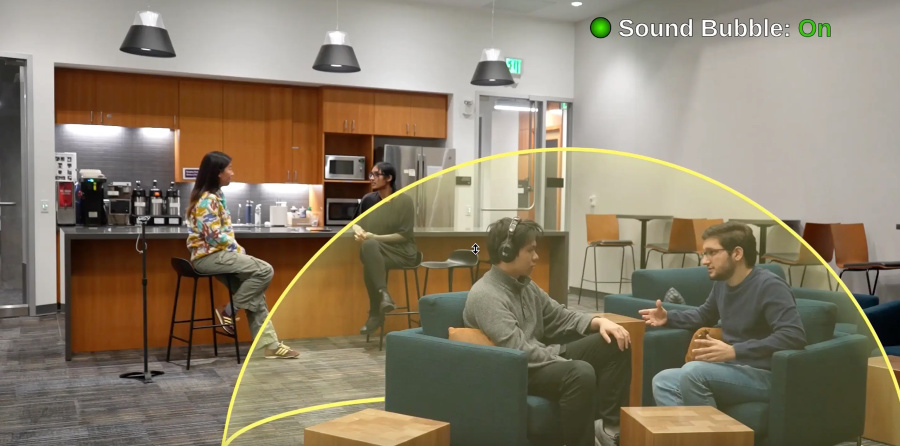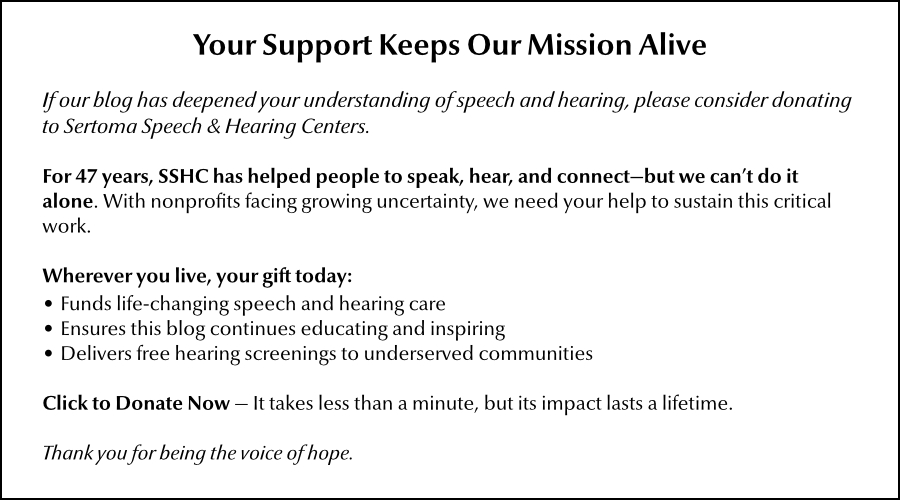An engineering team at the University of Washington has developed a groundbreaking solution that could change how we communicate in noisy environments. Their "sound bubble" headphones promise to revolutionize personal audio technology.
The big picture: This isn't a sudden step forward but part of a technological evolution. Previous iterations included robotic sound measurement systems and AI-powered voice isolation techniques. The current version represents the most practical application yet.
Why it matters
These AI-powered headphones can create a personalized sound zone that filters out background noise up to 6.6 feet away, allowing crystal-clear conversations in previously demanding acoustic spaces.

The big idea
The technology allows you to clearly hear people talking inside the sound bubble, but the noise outside the bubble is suppressed. Anyone entering the bubble area can join the conversation, too.
“Our abilities to focus on the people in our vicinity can be limited in places like loud restaurants, so creating sound bubbles on a hearable has not been possible so far. Our AI system can actually learn the distance for each sound source in a room, and process this in real time, within 8 milliseconds, on the hearing device itself.” —Shyam Gollakota, PhD, senior author of the study
How it works
Way beyond standard noise cancellation, the new system features six additional microphones and a small onboard computer. The device uses a neural network to analyze the distances of sound sources in real-time. The system suppresses noise outside the bubble by an average of 49 decibels while amplifying closer sounds.
By the numbers:
- Customizable sound bubble radius: 3.3-6.6 feet
- Sound processing speed: 8 milliseconds
- Training environments: 22 different indoor spaces
The takeaway
The future of personal audio just became a lot more intelligent.
- The researchers are exploring integration with hearing aids and earbuds and have launched a startup to commercialize their invention.
- Potential applications range from improving conversations in noisy restaurants to enabling communication in industrial settings like loud factory floors.


